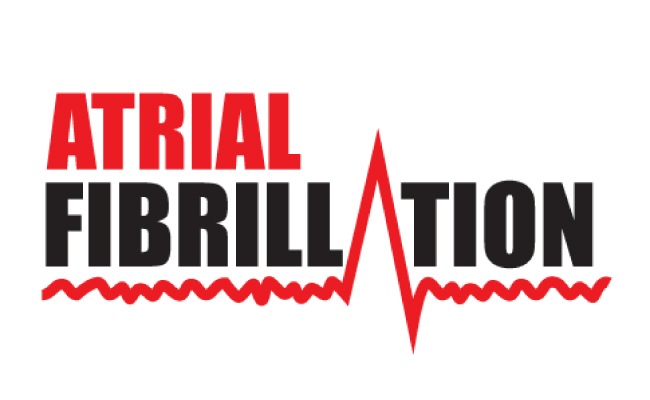
CHADS₂ Flags Atrial Fibrillation in Noncardiac Patients
PHOENIX, MEDSCAPE — The CHADS₂ index, developed to gauge stroke risk in patients with atrial fibrillation, can also predict postoperative afib in noncardiac patients undergoing thoracic or vascular surgery, according to a study presented here at the Society of Critical Care Medicine 44th Critical Care Congress.
This finding is important because there has been no prognostic tool to identify patients at risk, said study investigator Kirstin Kooda, PharmD, from the Mayo Clinic in Rochester, Minnesota.
“Atrial fibrillation is very common — probably the number 1 complication in many patients in the ICU — yet we haven’t had anything to guide us on who is most at risk,” Jose Pascual, MD, from the University of Pennsylvania in Philadelphia, toldMedscape Medical News.
Postop atrial fibrillation is a potentially serious complication that occurs in approximately 10% to 20% of patients undergoing vascular and thoracic surgery. Known risk factors are type of surgery, age, baseline arrhythmia status, postop fluid status, and electrolyte abnormalities.
“It’s difficult to make blanket statements about risk, especially across varied types of surgeries,” Dr Kooda explained.
The CHADS₂ index takes into account congestive heart failure, hypertension, age, diabetes mellitus, and stroke. The index is an ideal risk assessment tool because it is easy to calculate, she added.
Previous research has shown that the index can be effective in predicting postop atrial fibrillation risk in cardiac surgery patients, so Dr Kooda and her colleagues investigated its value in noncardiac vascular and thoracic surgery patients.
They assessed patients with no history of atrial fibrillation who were undergoing noncardiac thoracic or vascular surgeries from 2006 to 2013.
Of the 1566 patients, 221 (14.1%) developed postoperative atrial fibrillation at a median of 55 hours after surgery.
On univariate analysis, the CHADS₂ score was significantly associated with the incidence of postop atrial fibrillation; for every unit increase in score, the hazard ratio was 1.22.
The association remained after a multivariate adjustment for factors such as daily fluid balance, electrolyte values, intraoperative and postoperative vasopressor and inotrope requirements, length of surgery, blood transfusion, and resumption of home cardiac medications.
Table. Factors Independently Associated With Postop Atrial Fibrillation
| Factor | Hazard Ratio | 95% Confidence Interval |
| Preoperative beta-blocker use | 2.04 | 1.44–2.90 |
| Postoperative day 1 SOFA score (per unit increase) | 1.08 | 1.03–1.12 |
| Intraoperative fluid administration (per 1000 mL) | 1.03 | 1.01–1.06 |
| Preoperative calcium-channel blocker use | 0.67 | 0.49–0.93 |


